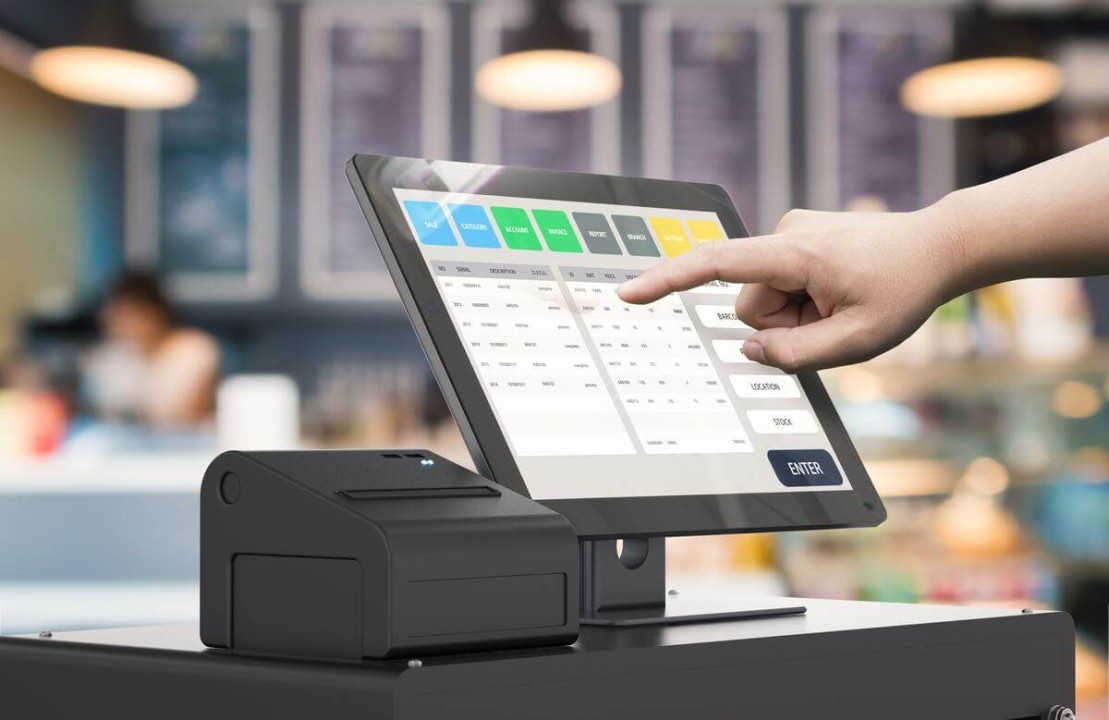WordPress widgets play a crucial role in enhancing the functionality and aesthetics of a website. While the default widgets cover a wide range of basic needs, creating a custom WordPress widget from scratch opens up endless possibilities for personalization. In this guide, we’ll explore the step-by-step process of crafting a unique widget tailored to your website’s specific requirements.
II. Understanding WordPress Widgets
WordPress widgets are modular components that add various features and content to your site’s sidebars, footers, or other widgetized areas. While the default widgets offer essential functionality, they might fall short in addressing specific needs. Understanding the limitations of these defaults is the first step toward realizing the potential of custom widgets.
III. Planning Your Custom Widget
Before diving into the development process, it’s essential to have a clear plan. Identify the purpose of your custom widget and list the features and functionality it should incorporate. Sketching a design or wireframe can help visualize the widget’s structure and guide you throughout the development process.
IV. Setting Up Your Development Environment
To create a custom WordPress widget, you’ll need a suitable development environment. This involves configuring a local WordPress development setup and setting up a child theme if you want to maintain theme updates without losing your customizations. Ensure you have the necessary tools, such as a text editor and FTP client, for a smooth development process.
V. Creating the Widget Structure
Building the foundation of your custom widget involves creating the necessary files and defining the widget’s structure. Learn about widget files and structure, then proceed to create the widget PHP file. Add the required HTML structure within the PHP file to lay the groundwork for your custom widget.
VI. Adding Functionality to the Widget
Register your custom widget with WordPress and implement PHP functions to handle its logic. This section guides you through the process of adding dynamic content and customization options, ensuring your widget meets the unique requirements of your website.
VII. Styling Your Custom Widget
Aesthetics matter. Dive into the CSS styling aspect of your custom widget, ensuring it seamlessly integrates with your site’s overall design. Learn how to style your widget for responsiveness across different screen sizes, providing a consistent and visually appealing user experience.
VIII. Testing Your Custom Widget
Before deploying your custom widget to a live site, it’s crucial to thoroughly test it in a local environment. This section covers the basics of debugging, troubleshooting common issues, and performing cross-browser testing to ensure your widget functions seamlessly across various browsers.
IX. Implementing the Custom Widget on Your Site
With your custom widget successfully tested, it’s time to integrate it into your live WordPress site. Learn how to upload the widget, add it to your desired widgetized areas, and preview the changes. Fine-tune as needed to ensure a perfect fit with your website’s layout and design.
Takeaway
Congratulations! You’ve now created a custom WordPress widget from scratch, tailored to meet your website’s unique needs. This guide aimed to empower you with the skills to enhance your WordPress site beyond the limitations of default widgets. Embrace the world of WordPress development and continue exploring ways to make your website truly one-of-a-kind.
In the final analysis, Web Boost Online takes the spotlight as the go-to expert for WordPress development. Your website deserves the best, and that’s exactly what you get with Web Boost Online.











